What is Undercut in Welding (Causes & Possible Remedies)
Last Updated on
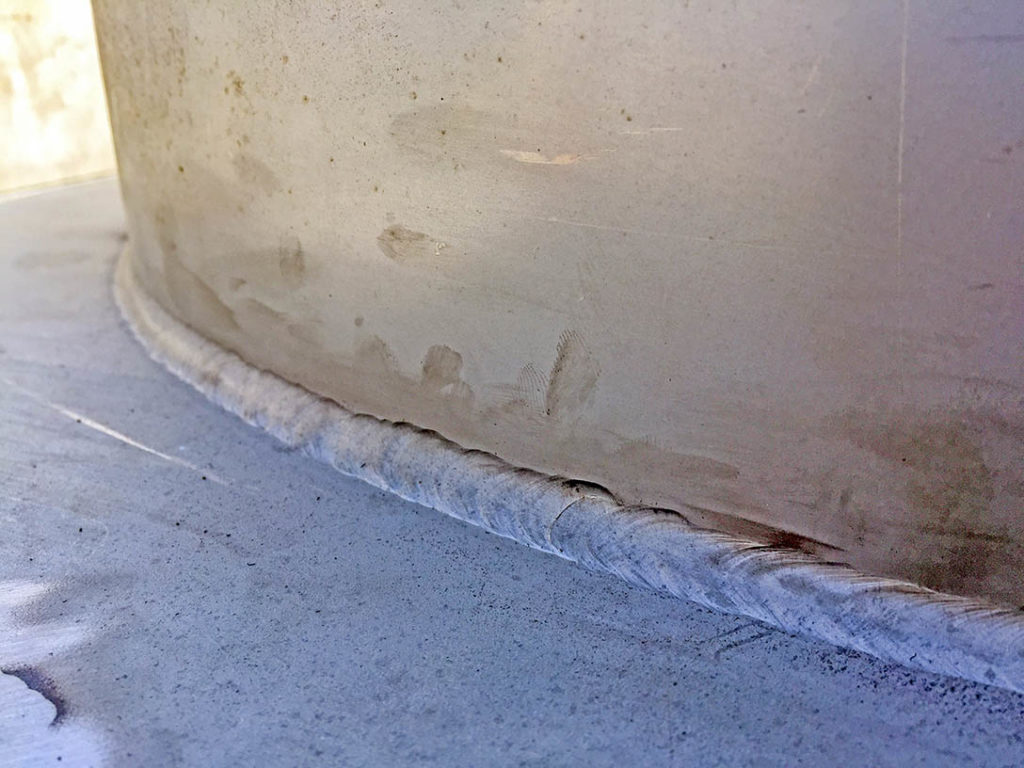
An undercut is a surface and subsurface defect resulting from grooves within the parent metal area. Like all other defects, instead of improving the joint strength, it introduces weak points that often propagate structural failure.
At the microscale level, the micro-cracks are observed within the defective surface, meaning material failure is inevitable if not remedied as the micro-cracks become more advanced. Weld quality guarantees productivity and safety while working.
There are several possible causes of an undercut, ranging from poorly done welding to incompatible weld-parent material. We’ll cover all the ins and outs below.
Causes of Undercutting
1. High Speeds of Electrode Movement
The electrode’s speed and direction of movement, to a great extent, determines the quality of the weld. Should you go with a high speed, the end product will have several points of weakness and incomplete metal fusion. This substandard outcome is a result of the very thin molten metal along the joint area.
2. Excessive Heat Generated
When excessive heat is generated due to a very high current, it rapidly flows into the weld area, and hurried solidification follows almost simultaneously. Slow solidification would ensure proper curing of the molten metal and complete fusion. Rapid solidification, on the other hand, encourages quick curing, which results in an undercut.
This heat surge is often attributed to poor operational skills. Besides, the excessive heat being generated translates to more energy being used to undertake the same welding task.
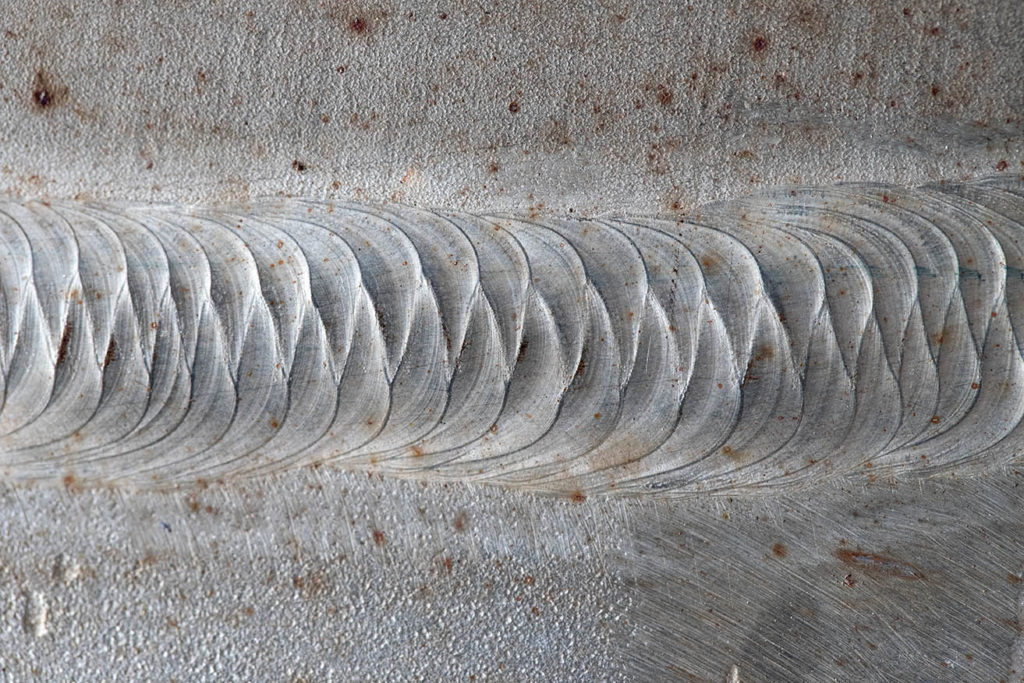
3. Poor Welding Technique
There are several techniques involved in welding, like multi-pass and weaving. Weaving is a skill where the operator moves the electrode from side to side as the beads form. It ensures even distribution of heat, translating into uniform curing around the weld area.
However, there are instances where the welder can experience uneven heat distribution due to poor weaving. As mentioned earlier, you will end up with uneven curing. To avoid this inconsistency, ensure you hold the electrode properly while welding. Also, when an undercut occurs, the parent material experiences improper melting because there is no proper fusion between the weld material and base material.
4. Greater Arc Length
Arc is the gap between the tip of the electrode and the surface of the weld. Remember, there are four basic welding positions: horizontal, vertical, flat, and overhead. These positions affect arc length variation. A wide arc length results in more molten metal being deposited than was actually needed, which leads to an undercut. Nonetheless, arc length variation is required in most complex welding projects. So, ensure the length is in line with the requirements of your project. The standard arc length is approximately equal to the size of the core wire of the electrode.
Extrapolating the arc gap requires a skilled and experienced operator. Longer arc length would encourage spattering, irregular bead formation, and rapid weld solidification. On the other hand, a shorter arc length is a nightmare on its own. You have to avoid sticking, making your work tedious and time-consuming frequently.
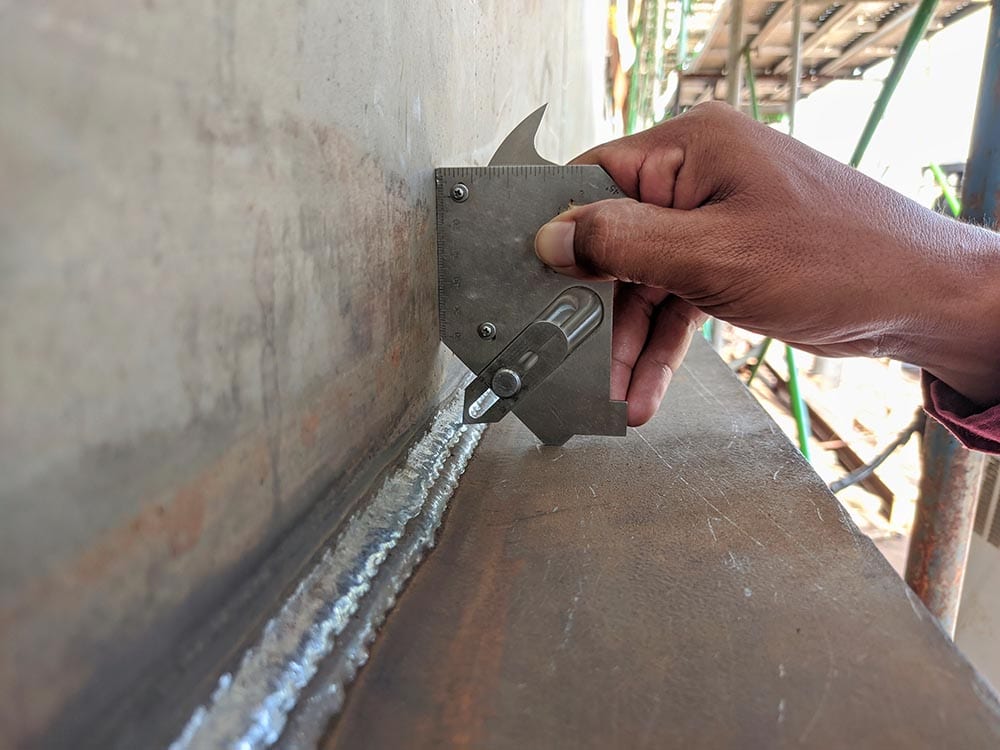
5. Wrong Electrode Size
Electrodes come in different sizes and designs. If you opt for a large one, the amount of molten metal deposited also increases, forming an undercut. Likewise, if the electrode is too small, the amount of molten metal being deposited becomes insufficient, leading to surface defects.
6. Holding the Electrode at a Wrong Angle
Holding angle is critical in optimizing the quality of welds. There is often a tendency to hold the electrode in a vertical position as the parent material is placed on a flat surface. The best holding position would depend on many factors, such as the type of material and nature of the welding joint, among others. Generally, the holding angle should range from 30-45 degrees for general welding.
If the surface is unstable, then there would be higher chances of an undercut developing since it encourages the uneven distribution of filler material.
7. Contaminated Shielding Gas
Shielding gas is used in protecting the molten metal from chemical penetrations. Gases like oxygen, nitrogen, and hydrogen are potential agents that can infiltrate the process, eventually minimizing porosity.
However, some impurities are difficult to shield. The pollutants being shielded often interfere with metal fusion as they distort the metallurgical properties of the material. Consequently, there are higher chances of undercuts developing in the compromised shielding gas.
8. Incorrect Proportion of the Filler Material
Filler materials such as lead, silver, copper, and aluminum are often added in superior welding techniques like brazing and soldering. They improve the physical and structural properties of the joint. Poor choice of filler material can be disastrous as they could interfere with the properties of the joint.
9. Quality of Surface of Parent Material
It is always proper to observe good hygiene before, during, and after welding. Poor housekeeping could encourage undercutting. Suppose the parent material surface is not adequately cleaned. In that case, there are always surface deposits such as dust, rust, and moisture, making the welding more susceptible to undercuts. They usually act like impurities hence interfering with the metallurgical properties of the weld metal.
Remedies
Now that you understand what undercutting is and the severe welding defects it causes, let’s look at some remedies. As a welder, be intentional about preventing undercuts by employing best practices and following expert guidance. The following preventive techniques can be applied to minimize such occurrences:
1. Electrode Angle at 30-45 Degrees
It has been established through practice that the electrode’s angle should be between 30 and 45 degrees to the horizontal surface for optimum performance. This would provide an appropriate position for the molten metal to get deposited smoothly and evenly. It is also possible to balance movements at this angle rather than vertically having them.
However, balancing the electrode’s angle depends on the type of welding selected. In the case of wire welding, the gun should point at 10-15 degrees. Therefore, the best approach is to tilt the electrode slightly so that there is still an angle of tilt when welding in a vertical position.
2. Balanced Travel Speed
As mentioned above, the angle of tilt of the electrode determines the efficacy of molten metal deposition. You should ensure that the electrode movement is neither fast nor slow. A balanced speed is incredibly beneficial to the quality of the weld. As a skilled operator, you should be able to competently vary the speeds based on the nature of the joints to be welded. In thick sections, go slightly slower to allow more deposition and facilitate gradual curing. For thin sections, move a little faster to deposit just the right amount of material.
3. Ensuring Welding on a Stable Platform
Stable platforms ensure a uniform distribution of molten metal and filler material, hence perfect fusion. A stable platform should be able to withstand the weight of the base material and the welding torch. Therefore, the preferred surface should be a flat and stable bench. In addition, you should always ensure clamps are incorporated to help secure the workpiece and allow quality welding.
4. Regulating Current and Voltage
Regularly check and regulate the amount of current and voltage. When welding different materials, you should know the ones to be welded under high voltage or current. As a quick reminder, welding stainless steel and mild steel would require different amounts of current. The type of electrode would also vary. For a smooth operation, you need to automate the regulation of current and voltage while working. This would ensure more focus on the work at hand.
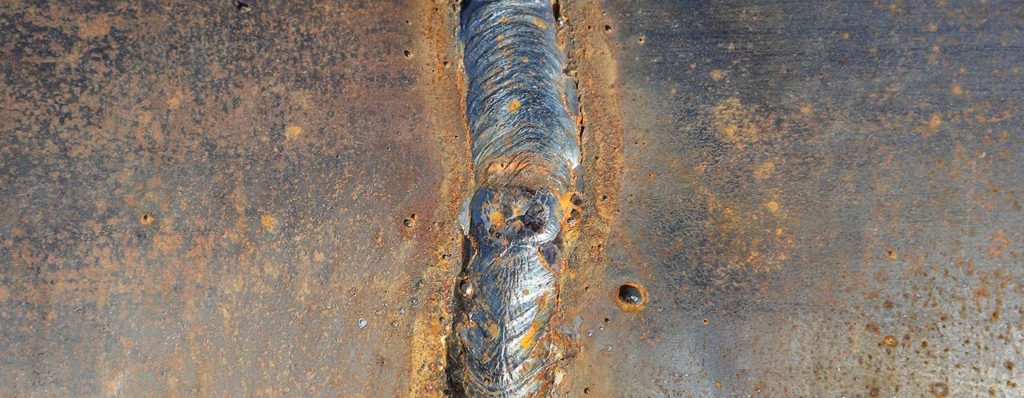
5. Using the Correct Size of Electrodes
Electrodes come in different sizes. The right one should take into consideration the nature of the parent material. For example, when welding stainless steel, a different electrode size would be required compared with mild steel.
Pro Tip: You should only use a small electrode if and only if the workpiece joint is thinner, such that less material is required. Thicker electrodes are used in wide and thicker sections.
6. Lowering the Arc Length
The arc length determines the extent of molten metal deposition. At thick sections, always lower the arc length to have sufficient material being deposited. As a rule of thumb, the arc’s length should not be more than the metallic part of the electrode’s diameter. Successful arc length variation, like any other welding task, only comes through practice. You continuously learn on the job and improve progressively.
7. Using Pure Shielding Gas
Pure shielding gas free of impurities ensures the quality of the weld is not compromised. However, be on the lookout for the formation of slag and porous welds as they often result in weak points and undercutting. For proper selection of shielding gas, ensure to check standard welding manuals.
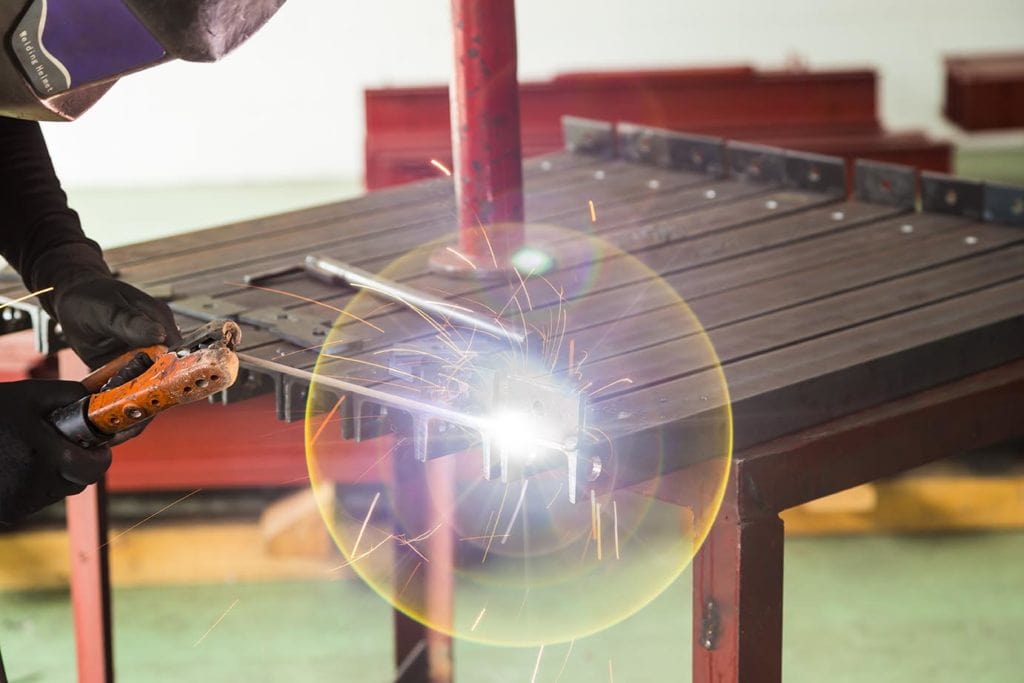
8. Clean Metal Surface
Before welding the parent material, you should ensure that the metal surface is clean, free from dust, rust, and moisture. A clean surface ensures high quality of welding. For rusted surfaces, use anti-rust sprays and a wire brush to scrub the surface.
Maintaining proper housekeeping habits is a good practice. Clutter would often contribute to accidents and costly errors in operation. Store materials in a location that is free from moisture and dust to minimize unnecessary preparation before welding.
9. Appropriate Welding Technique
If you are weaving, ensure you stop at the edges to prevent excessively melting the base material as this would introduce defects. Weaving speed should also be optimized; too slow or too fast can be catastrophic to the weld quality. Concentrate on the area being welded, especially thin sections, since they are always tricky to handle.
Temporary halts during welding help in forming uniform beads and reduce the chances of an undercut occurring. The multi-pass technique is also preferred in cases where the base metal is thicker. Multi-pass involves piling weld material on top of the other until the duct is filled. Before taking another pass, you should allow the deposited material to cool off and allow for curing to take place. The multi-pass method assists in stabilizing metal fusion, creating excellent structural resilience.
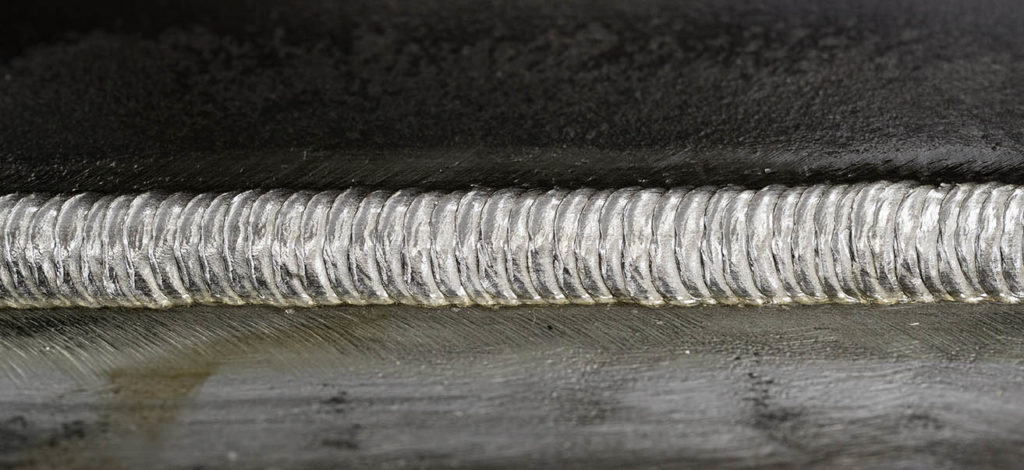
Final Thoughts
Undercutting in welding is a severe defect that results in losing productivity and quality. It also significantly compromises the weld’s safety. Nevertheless, it is a common problem among welding professionals. Without regular practice, the weld quality could considerably be reduced.
By now, you already know that it can be managed to minimal levels by simply observing the best practices of welding. If you follow the above remedies, an undercut will be the least of your worries as you weld. Treat each project as a learning experience, identify new cost-effective, and efficient welding techniques with reduced or no chances of an undercut and soon enough you would become a better welder!
